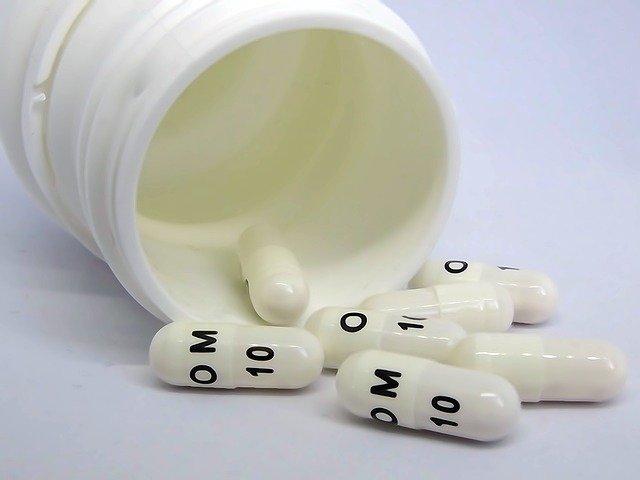
The cardia allows communication between the esophagus and the stomach.
The term cardia comes from kardía , a Greek word that can be translated as “stomach.” The concept is used to name the opening that, in terrestrial vertebrate animals, allows communication between the esophagus and the stomach .
The cardia, which can be called the gastroesophageal junction , is located in the sector where the stratified squamous epithelium of the esophagus meets the columnar epithelium that is part of the digestive tract. It is generally considered that the cardia belongs to the stomach, although this issue is often debated by specialists. The notion also overlaps with other structures , a particularity that can lead to confusion.
The functioning of the cardia, which develops unconsciously, prevents the reflux of the food that a person eats. That is why cardia disorders can cause gastric reflux . When cancer occurs in the cardia, for example, the subject cannot eat solid food.
Characteristics of the cardia
The cardia has smooth muscle fibers, which also make up the lower esophageal sphincter. The coordinated relaxation of these fibers allows swallowing , while contraction prevents the aforementioned reflux. If the cardia does not close properly and allows reflux, it is often referred to as an incompetent cardia .
Incompetent cardia does not allow adequate closure of the lower esophageal sphincter, and there are various tips to counteract this disorder. On the one hand, it is necessary to improve eating behavior, respecting schedules, preventing meals from being too spaced out and reducing portions, in addition to controlling the level of fat we ingest.
There are certain foods that can accentuate the decrease in sphincter tone , including coffee and chocolate, two favorites of millions of people and very difficult to give up, especially in times of low temperature or stress. Losing weight can also have a positive impact in the fight against incompetent cardia, since intra-abdominal pressure decreases and this facilitates the closure of the sphincter.

Omeprazole is a drug that can treat conditions linked to the functioning of the cardia.
Disorders and treatments
One of the most used drugs in these cases is omeprazole , a proton pump inhibitor that serves to reduce stomach acid secretion , precisely the one that can cause the most damage when reflux occurs into the esophagus. For young patients, since incompetent cardia can negatively impact their quality of life, surgical or endoscopic antireflux treatments are usually applied.
If a disease requires the removal of the cardia, a surgical intervention is carried out that is part of the group of gastrectomies : operations that involve removing, either totally or partially, some structure of the stomach. It should be noted that the cardia can be replaced by an artificial organ.
One of the diseases associated with the cardia is achalasia , which is defined as the inability to relax the fibers of the gastrointestinal tract throughout the entire structure. Esophageal achalasia is when the gastroesophageal sphincter is unable to relax during swallowing because the ganglion cells in the wall have degenerated. In addition, the peristaltic activity (the normal contraction and relaxation movements) of the thoracic esophagus also decreases and dilates to produce what is known as megaesophagus .
Among the most obvious symptoms of achalasia are the following: intermittent pain in the retrosternal area, which gradually becomes more frequent; food getting stuck once swallowed; regurgitation, abnormal weight loss and chest pain that may give rise to the idea of esophageal cancer; Constant refluxes that can lead to dehydration. In part, these problems arise from the pressure on the cardia and esophagus.
